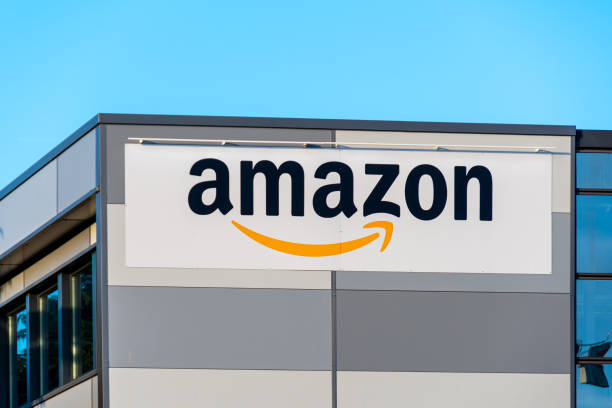In today’s world of online shopping, savvy consumers are always on the lookout for ways to stretch their dollars further. One powerful tool in the arsenal of the modern shopper is Amazon, the behemoth of online retail. With its vast selection and competitive pricing, Amazon has become the go-to destination for millions of shoppers worldwide. But did you know that you can leverage Amazon’s price history to maximize your savings even further? In this post, we’ll explore how you can use Amazon price history to make informed purchasing decisions and score the best deals possible.
Understanding Amazon Price History
Amazon’s prices are not set in stone; they fluctuate regularly based on factors like demand, competition, and inventory levels. This means that the price you see today might not be the same tomorrow. Fortunately, Amazon provides a feature called “Price Tracker” or “Price History” that allows you to view the historical prices of a product over time.
By analyzing the price history of an item, you can gain valuable insights into its pricing trends. You might discover that certain products have a pattern of dropping in price during specific times of the year, such as during holiday sales or promotional events. Armed with this knowledge, you can strategically time your purchases to coincide with these price drops, saving you a significant amount of money in the process.

Tools for Tracking Price History
While Amazon provides basic price history data directly on its platform, there are also third-party tools and browser extensions available that can enhance your price tracking capabilities. These tools often offer more advanced features, such as price drop alerts, price comparisons across different retailers, and historical pricing charts for deeper analysis.
Popular tools like CamelCamelCamel, Keepa, and Honey offer browser extensions that integrate seamlessly with your Amazon shopping experience. With these tools installed, you can easily view price history charts directly on product pages, set price alerts to notify you when a product’s price drops, and even track prices across multiple Amazon marketplaces.
Strategies for Maximizing Savings
Now that you understand the importance of Amazon price history and have access to the necessary tools, let’s discuss some strategies for maximizing your savings:
- Set Price Alerts: Use price tracking tools to set alerts for products you’re interested in purchasing. This way, you’ll be notified via email or browser notification when the price drops to your desired level.
- Time Your Purchases: Analyze the price history of products you’re considering buying to identify patterns and trends. Aim to make your purchases during periods when prices are historically lower, such as during seasonal sales or Amazon’s Prime Day.
- Take Advantage of Price Guarantees: Some credit cards and retailers offer price protection guarantees, which refund you the difference if the price of a product drops shortly after you’ve purchased it. Keep track of price changes and take advantage of these guarantees when applicable.
- Consider Buying Used or Refurbished: In addition to tracking the prices of new items, don’t overlook the potential savings offered by buying used or refurbished products. These items often come with significant discounts compared to their brand-new counterparts.
- Be Patient and Flexible: Sometimes, the best strategy for saving money is simply to wait. Keep an eye on the price history of products you’re interested in, and be willing to wait for the opportune moment to strike when prices are at their lowest.

Conclusion
In the age of online shopping, mastering the art of saving requires more than just hunting for discounts and coupons. By leveraging Amazon price history and employing strategic purchasing tactics, you can maximize your savings and get the most value out of every dollar you spend. So the next time you’re eyeing that new gadget or must-have item, remember to do your research, track its price history, and pounce when the timing is right. Happy shopping, and may your savings be plentiful!












